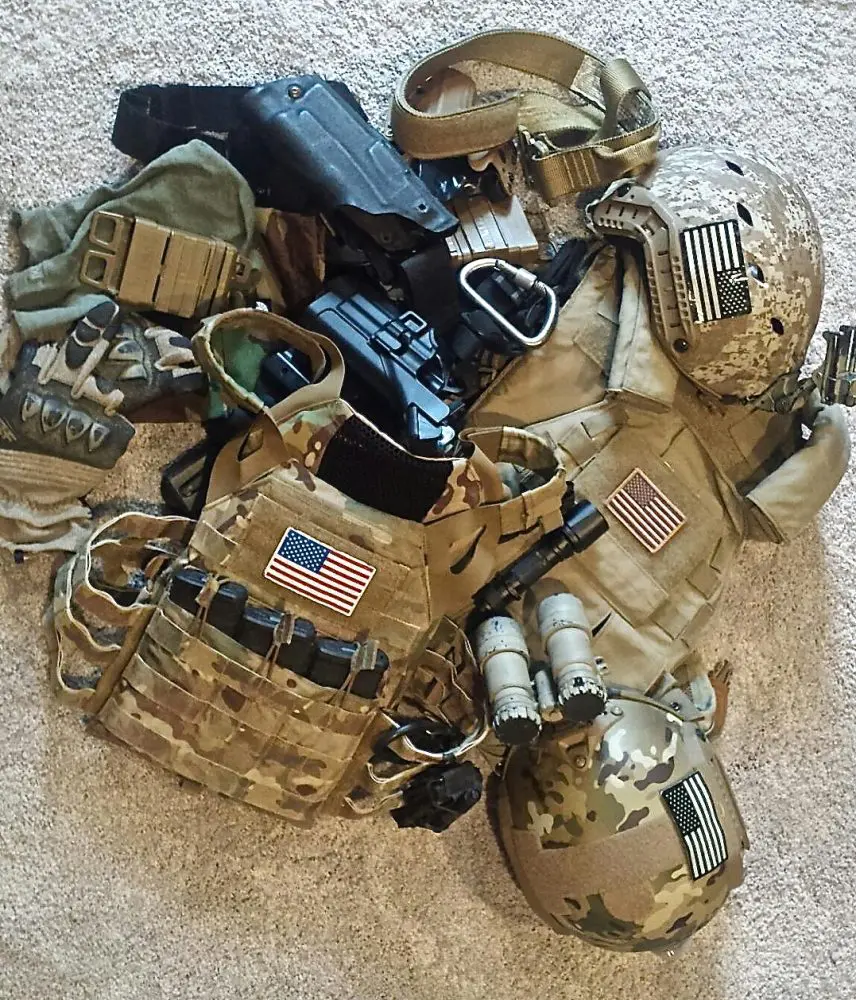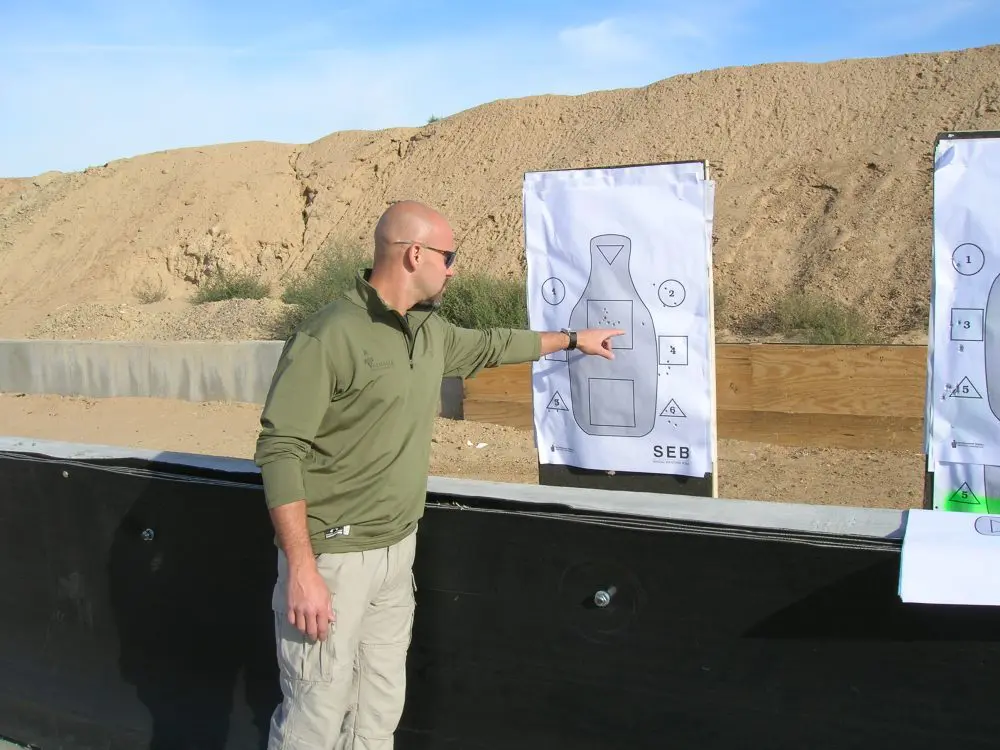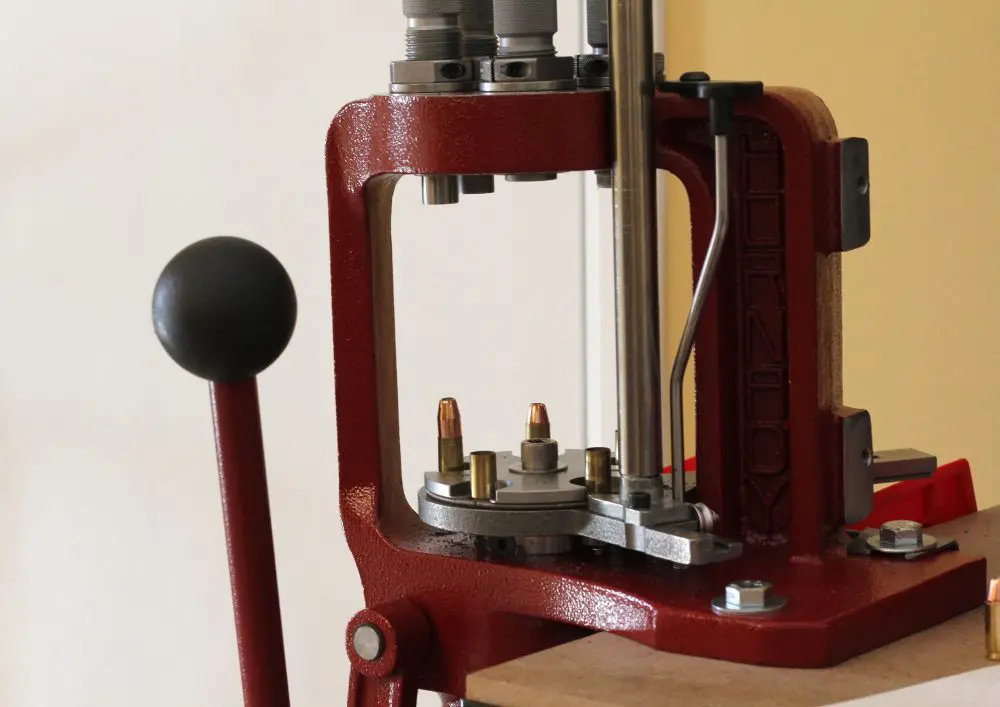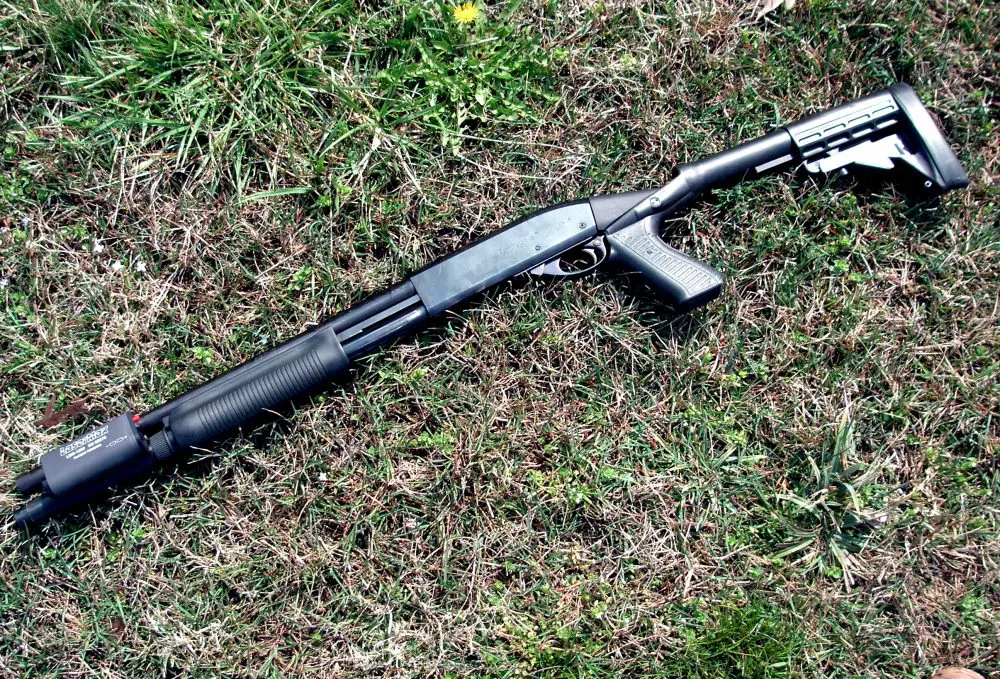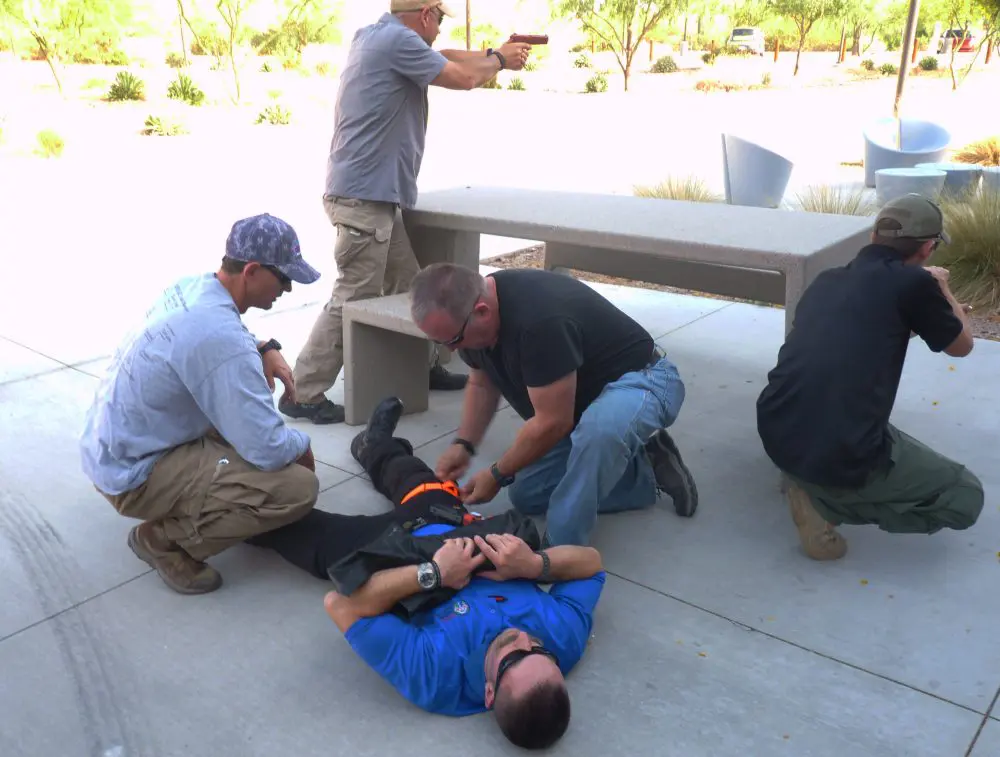Make sure your gear fits into your operational needs.
In today’s world of ever-advancing technology and equipment in every aspect of life, it’s easy to get caught up in the “latest and greatest” hype.
This is readily apparent as it relates to those who are in the business of keeping the peace and holding the line between good and evil. Every company you talk to, from the smallest to the largest, has that “thing you need.” Companies understand marketing better than ever, and with technology, they also know their customer base better than ever. Most of the products, gadgets, and gear you carry are results of specific needs, but there are times when you are issued or purchase something because at that moment it seemed to be the thing you could not function without.
It has happened to me and I have seen it happen to others. Months later, you’re looking at that same piece of equipment sitting on a shelf because it did not truly fit what you needed or did not function the way it was marketed by a salesman.
If the equipment and gear you have and carry are functional—and I mean actually functional, in that you have successfully used them on duty or on missions—they are probably pieces of equipment to keep on hand.
By successfully, I mean that the opportunity to use or deploy said equipment was present, and the equipment was used. It may or may not have performed in the manner needed, but you had the ability to evaluate it in a real situation. Many times agencies, teams or units will conduct their own test and evaluation of a product before considering it for purchase.
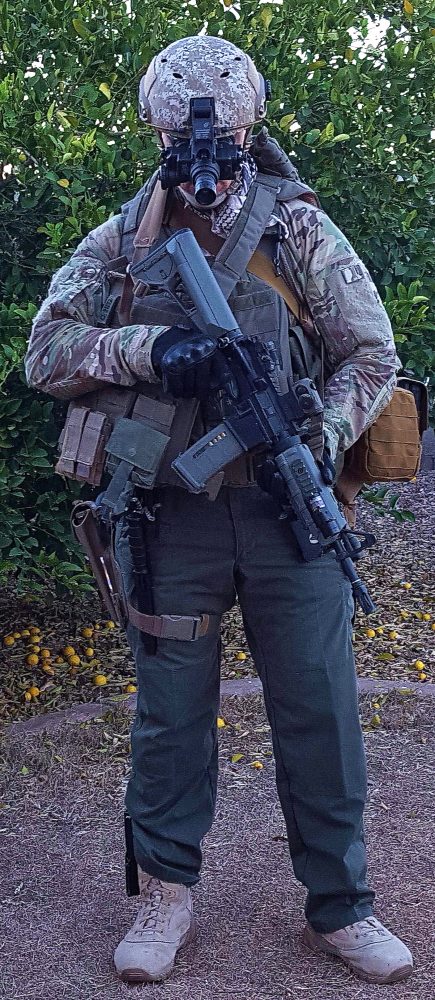
But often you may not have the operational tempo to allow good testing of the equipment prior to the return deadline to the company. You may also find yourself having a good operational tempo but not have an operation appropriate for that piece of equipment.
It is imperative to put any piece of gear through some real tests before deciding if it fits what you need. I understand that many times, the equipment may be “tested and approved” by any number of organizations, but it really boils down to you and your needs and uses.
Other factors that are unique when it comes to new equipment are your area and terrain. More than once, when I want to see a product and its capabilities, I either get equipment from a company for test and evaluation or the company actually comes out to use the equipment with me.
Either way has worked for me, as I am simply interested in putting the equipment through an evaluation in the circumstances that I dictate, because I am the one who knows best how I will use it. But I caution you: having the company “show” you how their equipment works under operational guidelines can be less than productive. And for me, on at least one occasion it was downright dangerous.
Another very important consideration when you are looking at equipment is how practical it is. When I say practical, I am using a broad stroke to cover different areas. How will the equipment fit into your operational parameters? Can you train on the equipment to ensure proper deployment and use? Will you have the ability and means to actually use the equipment? Do you have so many different pieces of equipment that the choices are overwhelming?
I have witnessed and even been part of having a ton of different gear, but only using about one-third of it. Many times this came down to what the tactics, techniques and protocols used most often were, and what equipment fit that equation.
If the equipment my team or I had did not fit our operational tactics, no matter how new or cool it was, it would not be used operationally. In fact, many times we found ourselves using equipment that might have been considered “stone age” because it fit operationally and had been fully tested and used successfully.
This leads into the discussion of equipment that has been improved over the years. You have a workhorse piece of equipment that has served you faithfully over the years, but with technology and solid input from end users, the latest and greatest version of that equipment is now available.
This gear is the easiest to make a decision on because its operational need and application have already been proven. Then it becomes a matter of ensuring that the “improved” piece meets all the same parameters we have discussed to this point.
Many of us also suffer from budgetary restraints, which can affect both the quantity and quality of the equipment we have access to. Then it becomes imperative to ensure you have mission-specific gear that is prioritized based on your operational patterns and needs. That’s easier said than done, but your life and mission accomplishment should drive your equipment rather than budget alone.
As with everything you do, take the time to make informed decisions, especially if your decisions affect others and may become life-or-death matters. Evaluate gear for your specific needs, be honest in your reasoning, and do not get caught up in the “keeping up with the Joneses” mentality. After all, you don’t want to be “that guy.”
Matthew Thomas is a 22-year veteran of the Pinal County, Arizona Sheriff’s Office and holds the rank of Lieutenant. He was a member of the Regional SWAT team for 17 years and retired from the team as the SWAT Commander. He is currently the regional Commander for the San Tan Valley patrol region.
